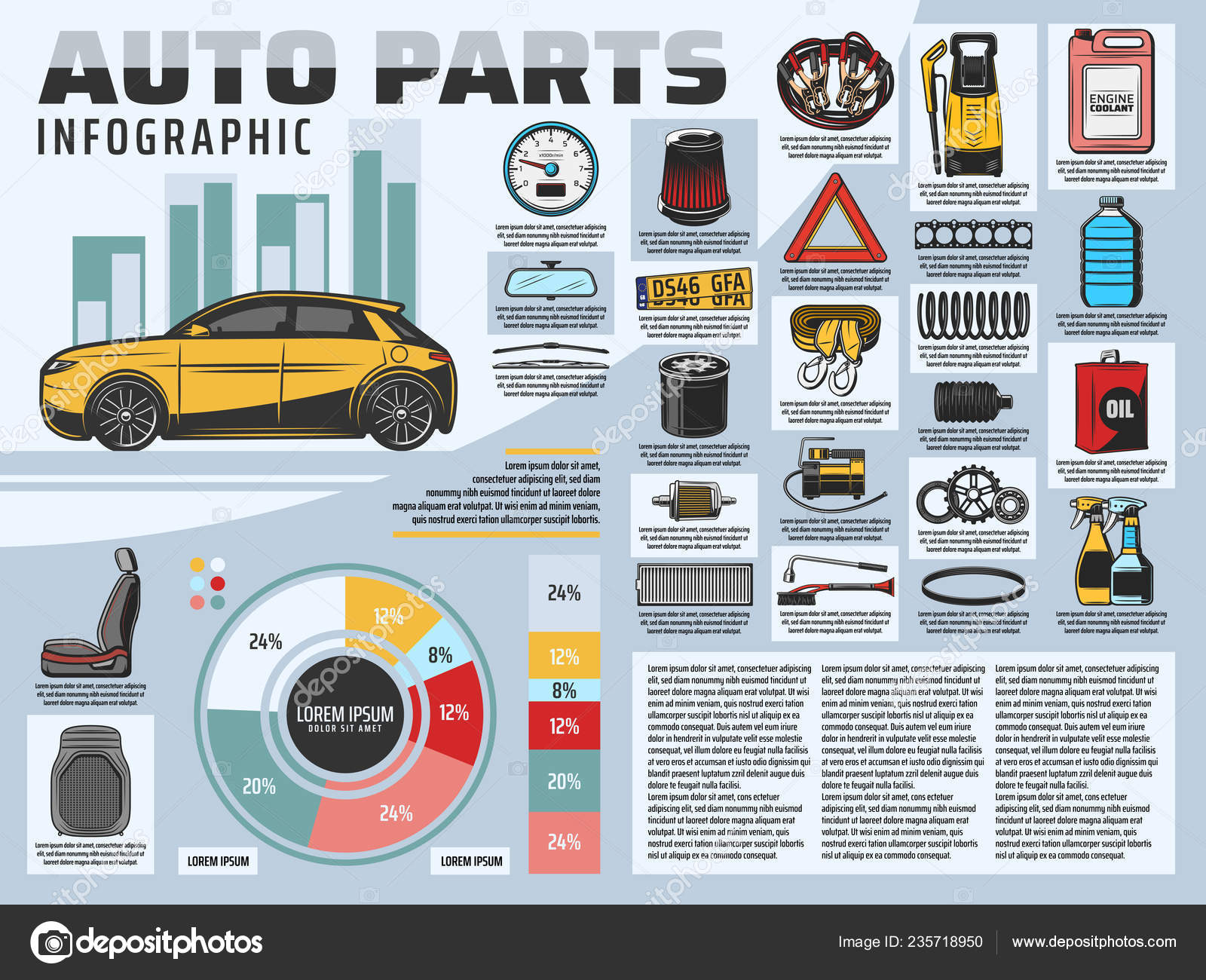When you lag the wheel, those little warning lights on your car's control panel can be fairly difficult. What do they suggest, and should you be worried? Understanding these signals is essential for your car's health, but it doesn't need to be an overwhelming task. By deciphering the mystery behind each light, you'll be geared up to manage potential problems successfully and maintain your auto running smoothly. So, next time a warning light flashes, don't panic - arm yourself with knowledge and take control of the scenario.
Relevance of Automobile Warning Lights
Comprehending the importance of your cars and truck's caution lights is essential for keeping your car's health and safety. These lights function as your cars and truck's interaction system, notifying you to prospective issues that could jeopardize your security on the road or cause expensive repair services if ignored. By taking note of these warnings, you can address problems early and protect against more damages to your vehicle.
Neglecting alerting lights can result in significant repercussions, such as engine failing, brake malfunctions, or even mishaps. These lights are made to inform you of issues ranging from reduced tire stress to engine malfunctions, giving you the possibility to take action before the situation intensifies. Frequently inspecting and recognizing these warnings can conserve you time, money, and guarantee your security while driving.
Along with maintaining you safe, responding promptly to advising lights can likewise aid extend the lifespan of your cars and truck. By addressing problems at an early stage, you can stop small troubles from escalating into major repair services, inevitably conserving you time and money in the long run. Bear in mind, your vehicle's caution lights are there for a reason - do not overlook them!
Common Warning Lighting and Meanings
When it concerns driving your cars and truck, understanding common caution lights and their significances is important for your safety and car maintenance. Here are a couple of usual caution lights you may come across:
1. ** Check Engine Light **: This light indicates a concern with your engine. It could be something minor like a loosened gas cap or something more significant like engine misfiring.
2. ** Battery Light **: This light signals a problem with your vehicle's charging system. It might show a defective battery, generator, or various other related parts.
3. ** Oil Pressure Light **: When this light comes on, it suggests your engine might be running low on oil or experiencing low oil stress, which can cause engine damage if not attended to promptly.
4. ** Brake System Light **: This light suggests a concern with your stopping system. It can imply low brake fluid degrees or a trouble with the brake system that needs prompt attention.
Comprehending these common caution lights will help you recognize possible issues early and stop more substantial troubles later on.
How to React To Caution Lighting
In case a caution light illuminates on your automobile's control panel, it's essential to react quickly and suitably. When a warning light begins, the primary step is to consult your owner's manual to comprehend the details concern indicated by the light.
Some lights need instant interest, while others may show a less immediate matter. If auto repair manuals is red or flashing, it's normally an indication of a severe problem that needs immediate activity. In such cases, it's a good idea to pull over safely, shut off the engine, and look for expert aid.
For yellow or orange caution lights, while they may not call for prompt interest, it's still crucial to deal with the underlying issue promptly to stop further damages. Routine upkeep and inspection can aid prevent warning lights from coming on unexpectedly.
auto mechanic salary
In conclusion, recognizing your car's warning lights is vital for keeping your vehicle's health and wellness. By routinely examining and responding to these warnings, you can address prospective concerns early and protect against costly repair services or safety threats. Bear in mind to consult your proprietor's guidebook for information on different warning lights and always take prompt activity for red or flashing lights. Remain proactive and maintain your vehicle running efficiently!
